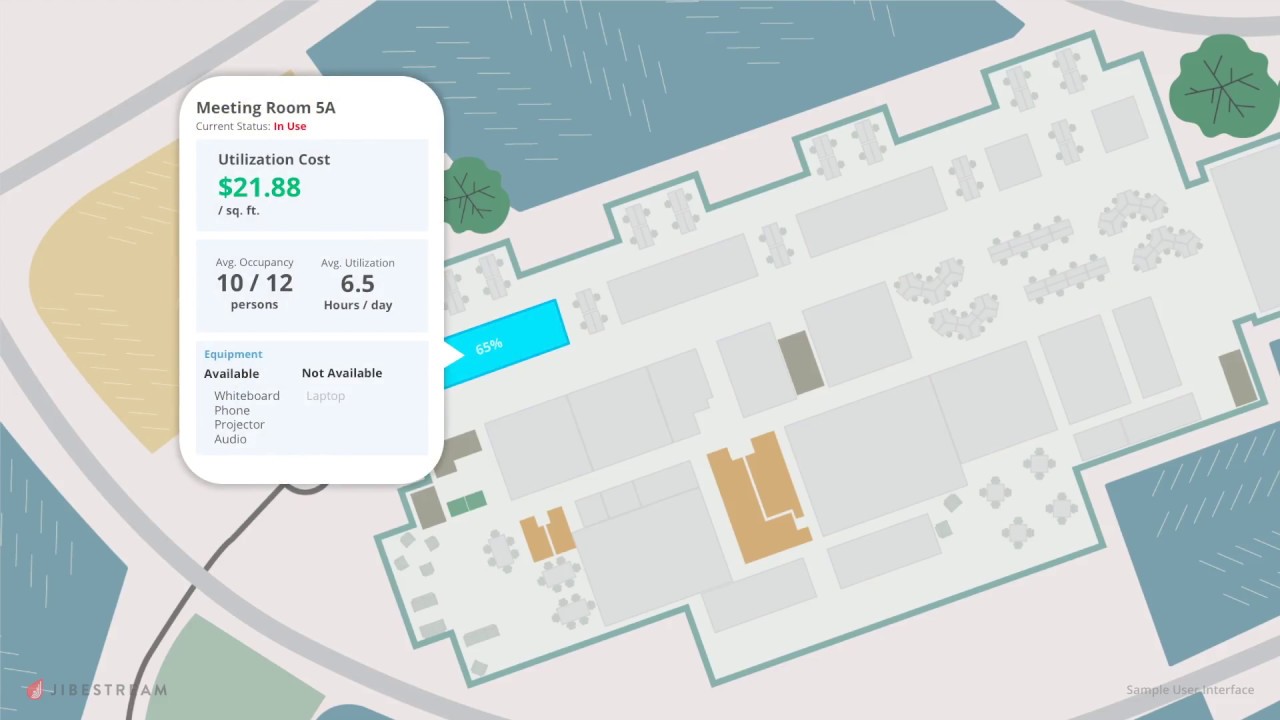
What does Jibestream’s partnership with HERE Venues mean for indoor mapping?

Toronto-based software platform Jibestream entered the indoor-mapping space well before the behemoths of the location industry brought their positioning technologies inside buildings. Its coveted client list features the world’s biggest malls, airports, hospitals, corporates, and even the Pentagon. And now, this list is all set to grow bigger – because Jibestream is joining forces with mapping giant HERE Technologies.
HERE got into the indoor-mapping scene earlier this year with the acquisition of Micello, a California-based startup. Its indoor mapping solution, HERE Venues Marketplace, provides venue owners with the ability to publish venue maps into more than 50 enterprise application and solutions.
Clearly, there’s a strong area of overlap between Jibestream and Here Venues. So, why did the two competitors decide to collaborate? The thing is, when it comes to indoor solutions, scalability often plays a key role in the decision-making process – and this is something which Jibestream needs and HERE Venues has plenty of.
Jim Leflar, HERE Venue Global Product Manager is convinced the companies who offer differentiated solutions at scale will be chosen to provide enterprise-level solutions given their enterprise-level experience. “Both HERE and Jibestream realize that closed systems do not benefit our mutual customers. In fact, customers benefit by having more choice, and ultimately, we realize that giving this power to our customers is the best way to grow the indoor ecosystem as a whole,” Leflar points out.
Chris Wiegand, CEO and Co-Founder of Jibestream, couldn’t agree more: “The opportunity to partner with HERE provides us with an amazing opportunity to integrate once and enable our customers to benefit from the HERE Venues Marketplace, and brings us one step closer to achieving our goal of making the indoor world digitally addressable.”
There’s no doubt that getting lost indoors is a waste of time, resources, and revenue for both users and business. With Jibestream and HERE providing additional opportunities to a greater number of integrated indoor solutions, let’s hope for more venues to provide smarter indoor experiences to their visitors.





